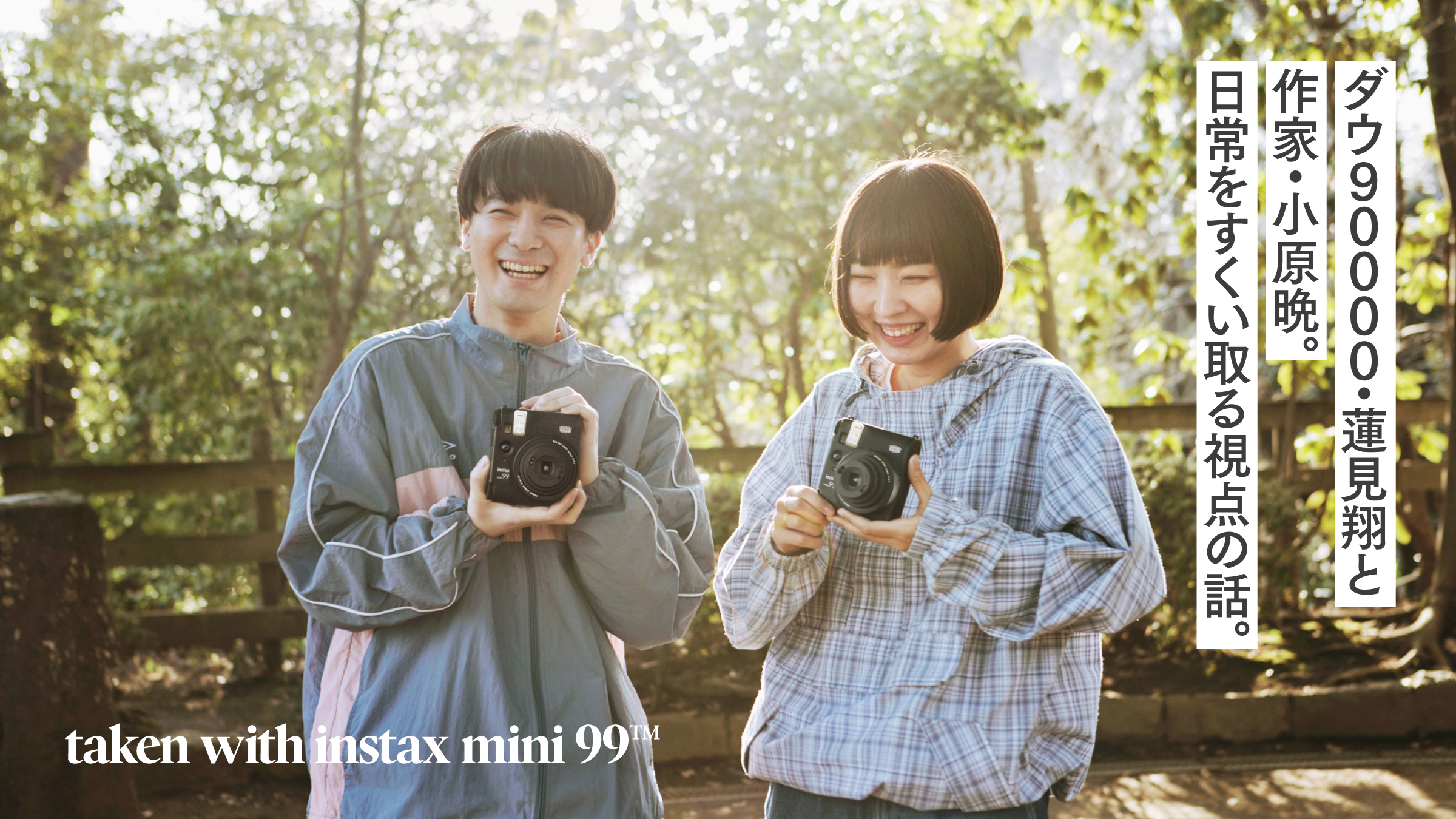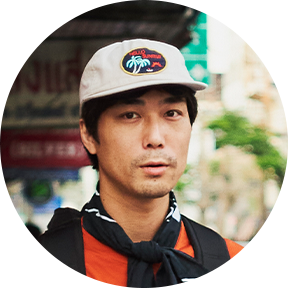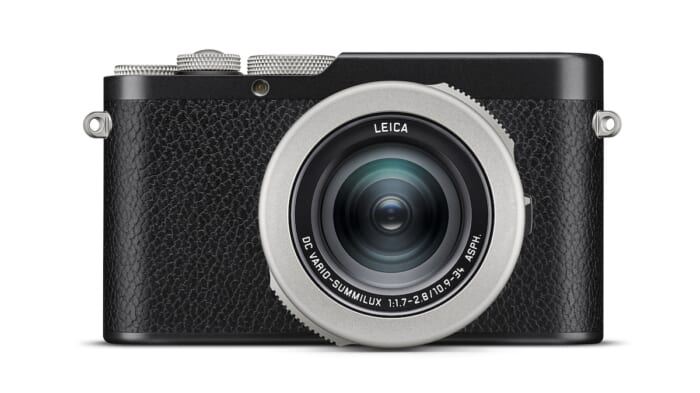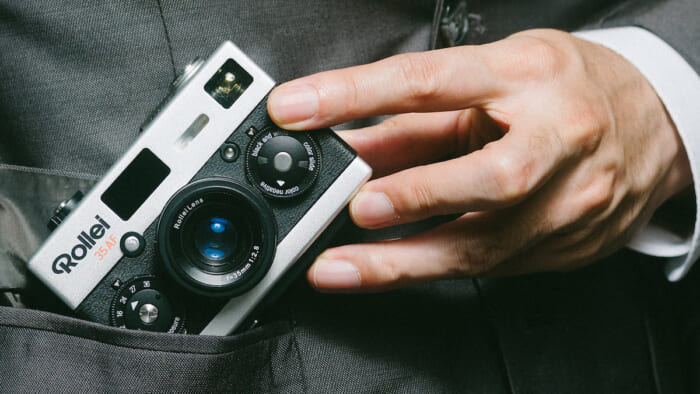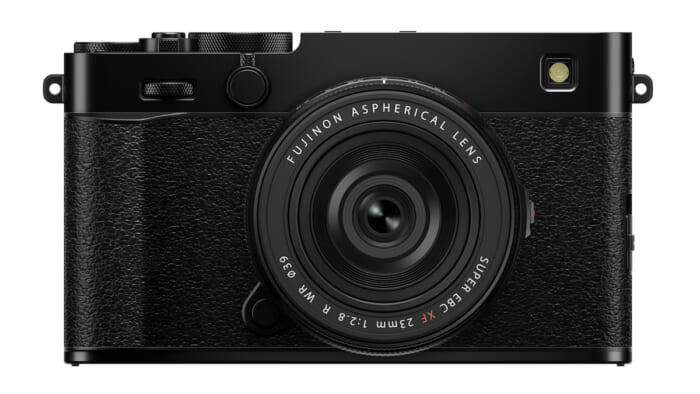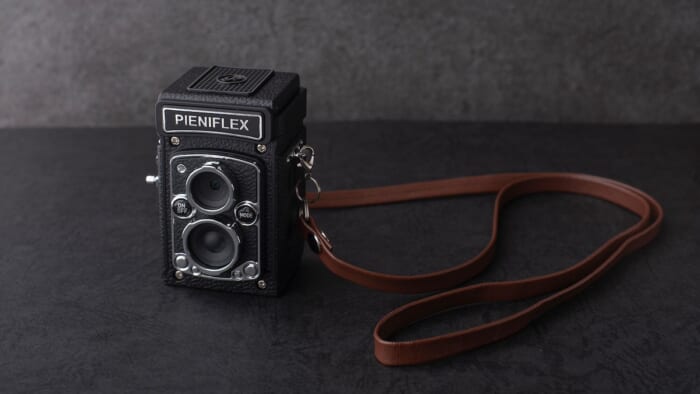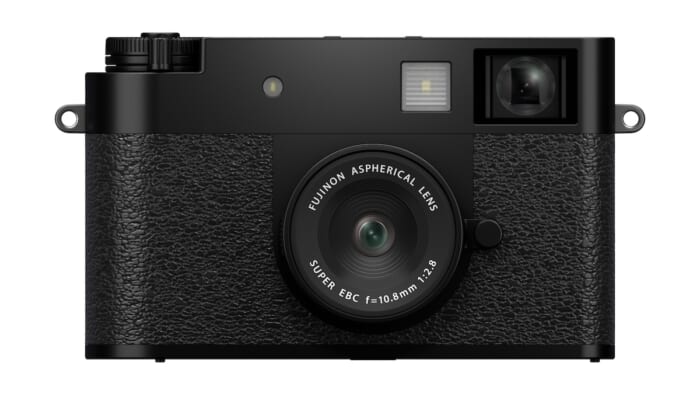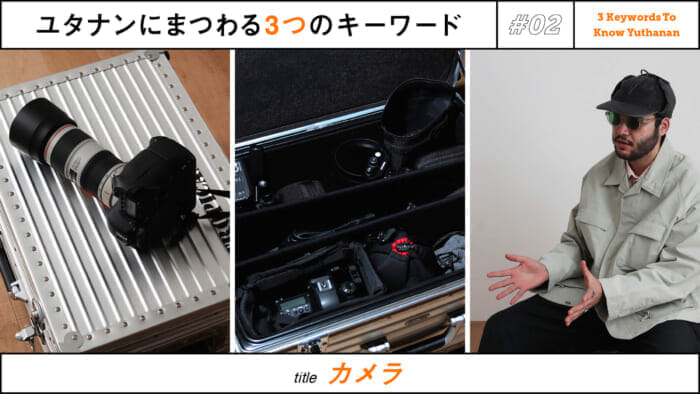PROFILE
Born in Tokyo in 1997. Graduated from Nihon University College of Art, Department of Cinema. He is the leader of Dow 9000, an eight-member group he formed while still in college. He writes, directs, and performs in theater and comedy, and in recent years has also written scripts for TV dramas and movies. He is also a regular Wednesday personality on the JFN-affiliated radio program "Audee CONNECT.
PROFILE
Born in Tokyo in 1996. She made her debut as a writer in 2022 with the self-published essay collection "Don't Eat Karaage Bento Here". and in September 2023 published his first commercial book "Is this life" (Yamato Shobo), followed in December the following year by a commercial edition of "Don't Eat Karaage Bento Here" (Jitsugyo no Nihonsha, Ltd.) a total of 40 essays with 17 newly written essays.
The work comes before the person himself.
This time, the theme of the project is viewpoints. We will talk about viewpoints while you take photos with the "instax mini 99™" at a park where both of you used to frequent. Do you take photos on a regular basis?
Hasumi: I take pictures with my iPhone. But the members around me take more pictures than I do. When I write a story, I often look back at my camera roll to see if there is anything interesting. I often look back at my camera roll to see if there was anything interesting, so I really want to take more pictures myself.

The "instax mini 99™" to be used is the top-of-the-line analog instant camera model in the instax™ "Cheki" series.
When do you often take pictures?
Hasumi: I am not particularly conscious of taking pictures because I think they will be interesting. I often take pictures simply to remember the events of the day. I also take pictures of delicious meals.
Obara: I have one film camera and one digital camera, but the one I use most often ends up being my iPhone. Most of what I take are pictures of food (laughs). I also sometimes take pictures of the beautiful sky, which is a bit embarrassing.
Hasumi: (Laughter). It's okay, isn't it?
Obara: I don't want anyone to know, but I take pictures secretly and think back on what a beautiful day it was. As for film cameras, I start longing for a film camera about once a year, buy some film, take a few shots, and develop them when I have accumulated a certain amount of film. (abruptly) "I like photography.
You don't have to be so careful with your comments (laughs). So, please tell us about how you two met.
Hasumi: Originally, when I bought several books at once, "Don't Eat Fried Lunch Here" (written by Mr. Obara) was mixed in with them. I had bought it, but had not read it, and when I read it at the time of my move, I thought, "Wow, that's great! It's interesting," and I read it all the way through. I read the book in one sitting and thought, "Wow, it's interesting! Then, Mr. Obara was listening to it, and it was like, "Nice to meet you.
Obara: Do not eat fried chicken lunch here" was initially self-published with a circulation of 5,000 to 6,000 copies. Then, with "That Sho Hasumi...," it quickly exceeded 10,000 copies.
Hasumi: No, that was completely due to Mr. Sakuma's influence (laughs). It was thanks to Mr. Sakuma's fans who bought the book. But I was very happy to see my name on a pop-up in a bookstore for the first time.


The camera body is a classic design in a matte leather look with a hammertone finish. You will want to carry it over your shoulder.
Did you know about Daw 90000 at that time?
Obara: Yes, I am. The editor in charge of the book "Please Don't Eat Fried Lunch Here" was a big fan of Daw 90000. We got into a conversation about comedy and he asked me, "Do you know Dow 9000?" At the time, I had only heard of the name. Then he showed me a video of it and I thought, "That's funny! I was like, "That's interesting! At that time, Mr. Hasumi talked about it on the radio, and I was surprised when the editor told me, "Mr. Hasumi mentioned it! I was surprised when the editor told me.
I know it's hard to say in front of you, but I was wondering if you could tell me again how you see each other.
Hasumi: I think it is rare to find a person who is so down-to-earth. Moreover, I have the impression that he walks slowly. You don't write things like, "No one thinks that way. If you write even one thing out of line, readers may feel uncomfortable, thinking, "I was sympathizing with you until now, and now you suddenly start talking from a different point of view. If I write something that is even one bit off, the reader may feel uncomfortable. So, it is difficult and risky to keep writing, but I will not make the mistake of doing so. It is easy to put it away with the word "talent," but it's not just that.... I can imagine you as someone who is "living life well".
Obara: I like that Daw 90000's work is made up of a series of details. I think it is particularly attractive that the emphasis is placed on the details without skipping over them, and the details are what drive the story. I really like the way the story starts with a detail that caught my attention casually and I became obsessed with it, rather than deciding at the beginning to make a character like this. The other thing is that it's genuinely very interesting.
Hasumi: Yes, that is true. In my film department classes, I was required to write all the settings in order, but after I graduated and started writing as I pleased, I started expanding on the most detailed parts of the story, with the details first. That's where all the notes in my story book are.
Do you take notes in a notebook?
Obara: I don't have a story book.
Hasumi: Oh, no.
Obara: I have short words, but I am not one to actively write down events. I prefer to write down things that remain after I have forgotten them. I am the type of person who remembers the smallest details, like the way the rims of my glasses shone in the morning sun when we said goodbye. I sometimes don't remember a single word when I say goodbye.
Hasumi: I'm not listening to you (laughs).



On the side of the camera are two dials that control the distinctive functions of the "instax mini 99™". The first function is the "Color Effect Control," which uses four LEDs inside the camera to shine light directly onto the film to produce six different color effects. The second is the "Shading Adjustment," which allows the brightness to be adjusted in five levels, and both dials have a pleasant clicking feel.


